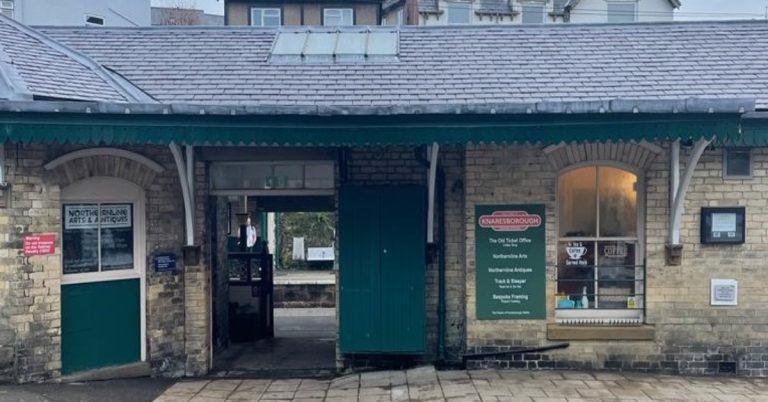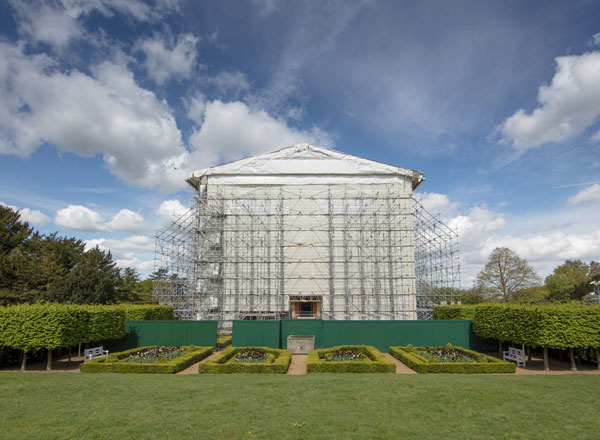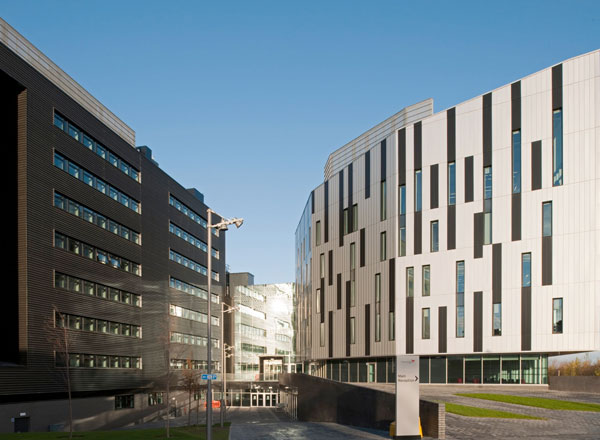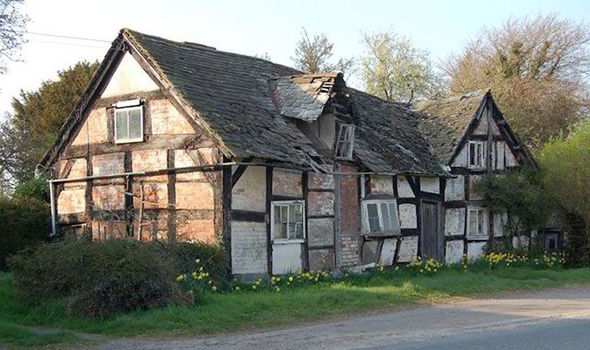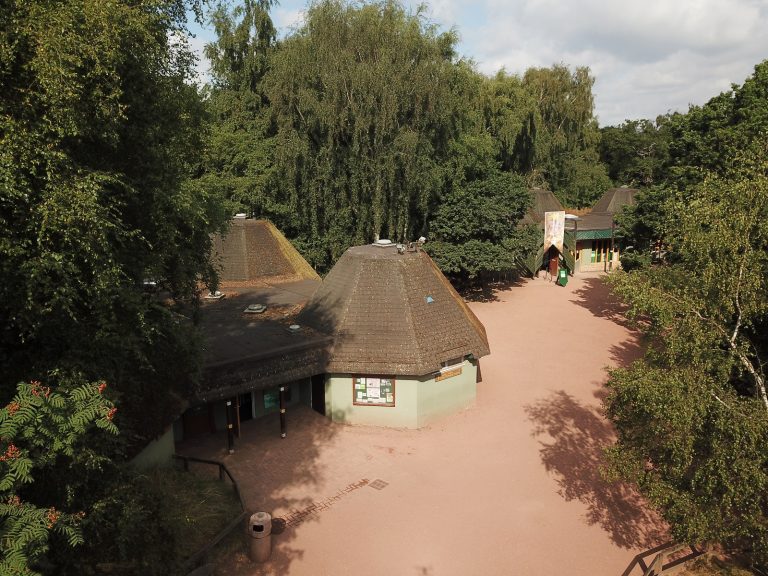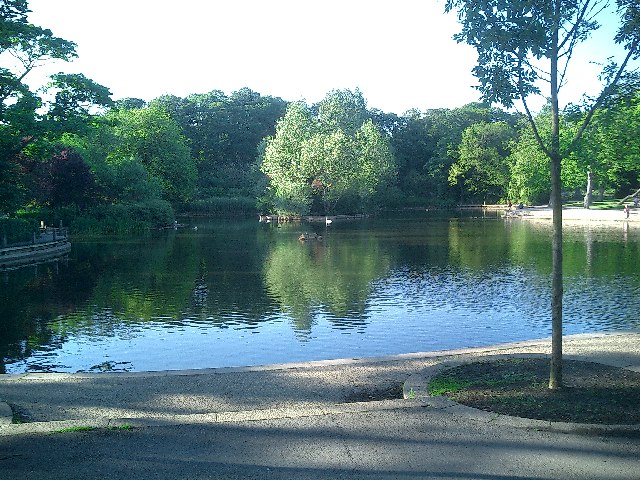Work has begun on removing the former visitor facilities at Sherwood Forest National Nature Reserve, the first step in returning the area back to nature and creating extra forest for visitors to enjoy and wildlife to inhabit. The centre was closed last summer, once the new one opened in Forest Corner, run by an RSPB-led consortium, working with Nottinghamshire County Council. The partnership managing the forest includes Sherwood Forest Trust, Thoresby Estate and the Woodland Trust. The building of the new visitor centre was also supported by funding from D2N2 Local Enterprise Partnership, who provided £500,000. The old visitor centre was located within an area of internationally important forest habitat – a legally protected Site of Special Scientific Interest (SSSI) and a Special Area of Conservation (SAC), and had to be moved as being so close to the ancient oak trees was having a detrimental effect on them, and the structure of the woodland. Natural England, the Government’s advisor on the natural environment, helping to protect England’s landscapes and nature, had been pushing for the buildings to be moved outside of the protected area for many years, which is one of the reasons the new centre was relocated. Dave Parker, Area Manager for Natural England said the work forms part of an in an exciting and ambitious project to restore the historic forest to its former natural glory whilst providing a new and improved visitor experience. “We have been working closely with Nottinghamshire County Council and more recently the RSPB for more than 15 years to enable this project to take place,” he said. “The area where the former visitor centre stands is of such international importance that for both conservation and legal reasons it must be removed to reduce the impact of the structures on nearby ancient trees and the surrounding woodland habitat. “The removal of the centre will restore the land to a valuable mix of lowland heathland and wood pasture, providing an opportunity for rare Sherwood habitats to be re-created and expanded. It’s fantastic to see this work now progressing to benefit visitors, local residents and of course the forest’s very special wildlife.” Ross Frazer, RSPB project manager, said the work needs to be done with extreme sensitivity to avoid damaging the nearby ancient oaks, many of which are more than 500 years old. “We have spent the early part of the year ensuring adequate protection for the trees and the ground in some parts of the site, so that they are not damaged during the work,” he explained. “This is not a case of demolishing the buildings with heavy equipment, but carefully taking the buildings down and removing them. “We know there was a lot of affection for the old centre, but we hope that visitors will understand that it had been built in an area which wasn’t suitable, and this work is being done for the good of the forest that we all love and want to protect. “It’s an exciting prospect, to be taking down concrete and taking up tarmac to allow nature back in – this doesn’t happen very often!” Nottinghamshire County Councillor John Cottee, Chairman of the Communities and Place Committee, said: “This marks another chapter for this world-famous country park. The old visitor centre has been a long-standing fixture and certainly holds a lot of fond memories for many visitors, but the time has come for it to return back to nature. “There has been a high level of expertise and planning involved to ensure this restoration work goes as smoothly as possible.” Once cleared, the forest’s conservation team will then begin the task of restoring the site to nature, helping to create around a further four hectares of forest for the public to explore, and some important wildlife habitat. Howard Ward Associates (HWA) is providing engineering, arboricultural and ecological support on the project. Director Dan Bailey said: “It’s great to be working with the RSPB on this worthwhile remediation project to restore the area of the former visitor centre back to nature. “It is very rewarding to work with a client who is so passionate and focused on their objectives which, in this case, have a direct impact on an area of natural beauty so closely linked to Nottingham.” The work is being carried out by Edwinstowe contractors, Woodhead, who also built the new visitor centre and car park. The majority of the forest’s paths will be unaffected by the restoration works, but visitors are urged to take notice of signage around the site, and can see more information at www.visitsherwood.co.uk
